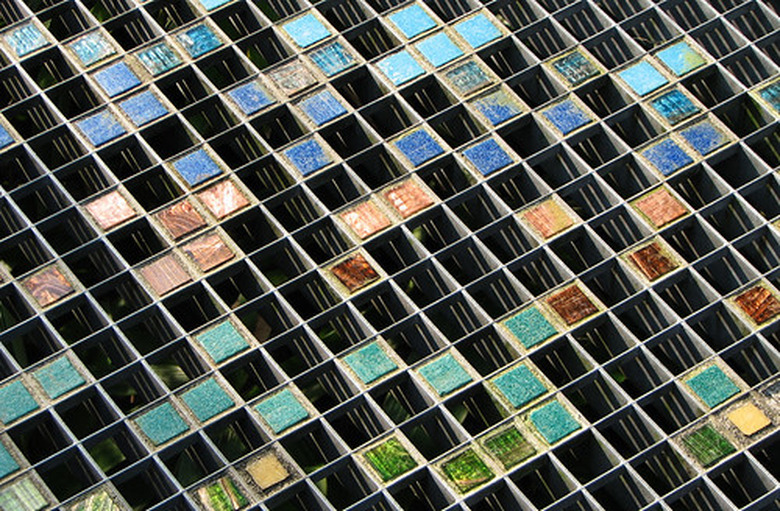The Difference Between Marble & Ceramic Tiles
Ceramic and marble tiles are both distinct and popular surfacing materials. Each product is more suitable for certain situations and less so for others. Understanding the differences is important to ensure that you select the right tile for your needs.
Composition
Composition
Ceramic tiles are made from clay or silicates which are fired at high temperatures. Marble is a natural stone caused by the metamorphic crystallization of limestone which converts calcium carbonate into calcite crystals.
Classifications
Classifications
Ceramic tiles come in many forms, such as quarry tiles, terra cotta, porcelain and even glass. Marble is also available in a wide array of colors and shades resulting from the geological process that formed the stone.
Variations
Variations
The color and appearance of ceramic tiles is carefully controlled during the manufacturing process resulting in a product with minor variations between lots. Marble, however, is a product of nature. There can be wide differences between different lots of the same stone.
Finish
Finish
Ceramic tiles come both glazed and unglazed. They usually have some type of pattern screen printed on their face to mimic the look of natural stone. Marble typically comes in a polished finish, honed or tumbled.
Misconceptions
Misconceptions
Vinyl tiles and cultured marble are not types of ceramic tiles because they are not fired clay or silicate products. Similarly, granite, slate, limestone, onyx, serpentine and schist are not marbles. These distinctions are important because these products must all be cared for in different ways.
